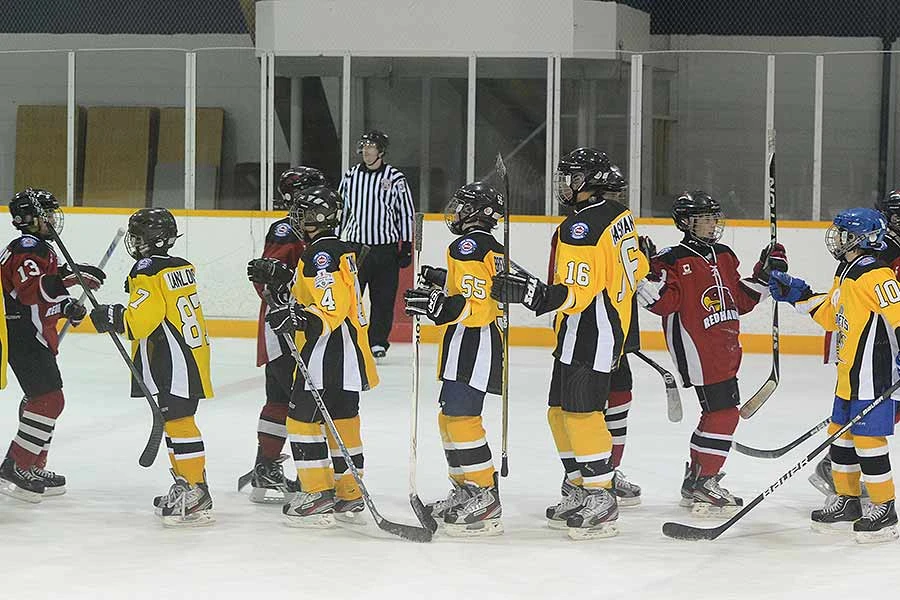From new teammates to a new coach to new arenas, there is a lot to navigate at the early parts of the year. Staying on track and focused creates a road map for success on the ice through goal-setting.
Accomplishing the goals that have been set out means that players have put in the effort required to meet their objectives. This teaches work ethic and self-confidence, proving to players that if they put in the time and determination they are able to reach their goals. This can be used as the next landmark in creating a new set of goals and puts the focus on yourself instead of focusing on how others are doing.
Goals can be set for both the short and long term. These are your daily checkmarks and season-long vision on how you will improve physically and mentally. Creating realistic, measurable goals can be done by any player or team no matter the age, skill level or record.
The main determining factor of setting a goal should be if it can be controlled by the player or team. In sports, one bad bounce or unlucky break could derail expectations even when it had nothing to do with how the player or team performed in the overall picture. Don’t let the unpredictability of hockey get in the way of your players staying motivated and improving.
A successful season doesn’t ride on how many tournament wins or victories your team gets. Those are easy to measure just by looking at the scoreboard. How is your team improving internally when they face adversity? How does the bench react at the referees? Does your team show good sportsmanship? These may seem small but over the course of a season can greatly change how a team conducts themselves and teach important life lessons in the process.
The following are tips for setting realistic goals and expectations:
PLAYER GOALS
A player’s goals should be personal and not be tied into any team accomplishments or statistics. These objectives should be measureable, controllable and help a player improve in some way. Whether dedicated to skill development or personal growth, the effort should be consistent and meaningful. Use last season as a basis to help decide what areas of the game you think you need to work on. If every player on the team decides to set a goal for themselves it will help everyone get better in the end.
Individual goals should not supersede team goals. Coaches can give players areas of the game to work on and help them track their progress throughout the season. Set target completion dates and continue to progress on what you’ve built.
Ideas for players:
Remove distractions and become more focusedShoot pucks at home to work power and accuracyEat healthier before a game
TEAM GOALS
What to set as goals for the team is something that can be determined during the early stages of the season by both the players and the coaches. It’s not about the standings or goals scored. Everyone on the team can collectively work together to reach a specific target. Goals keep a team motivated even when the scoreboard may not always be in their favour. It tells players what they need to accomplish and gives them a reason to do so.
Goals should be challenging but realistic to reach. It should be attainable through hard work and are representative of your performance. Teams can regularly check in on their progress and everyone should know where the team is currently measuring.
Ideas for teams:
Age-appropriate skill development (everyone can skate backwards, skate the length of the ice without losing the puck, etc.)Volunteer 10 hoursStretch before and after a game to reduce the risk of injury.




